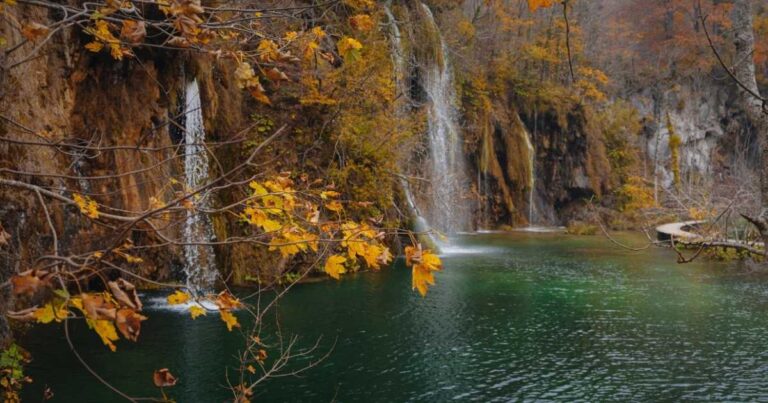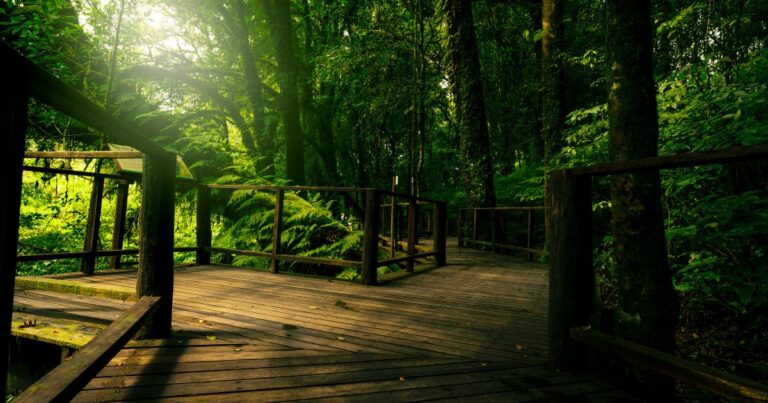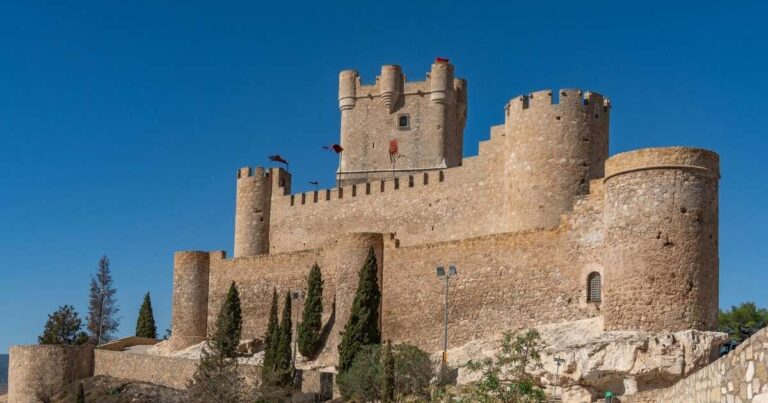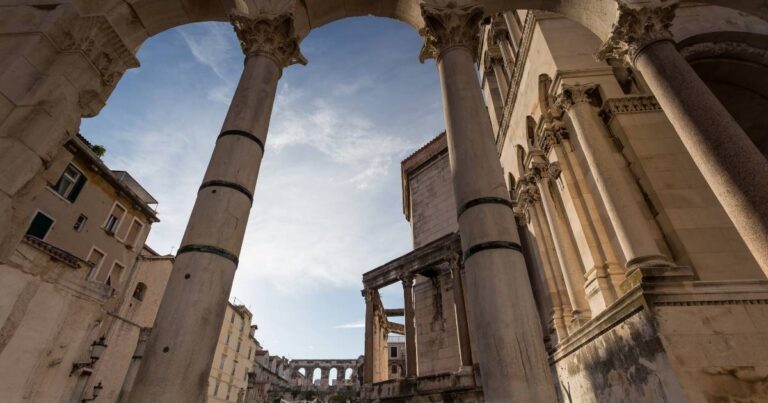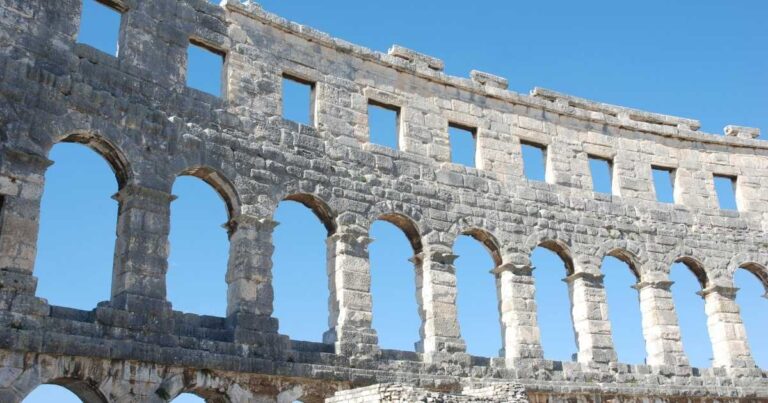Croatia’s landscapes are a love letter to nature enthusiasts. From cascading waterfalls and emerald lakes to rugged mountains and coastal cliffs, this Adriatic gem is a playground for hikers and adventurers. Whether you’re chasing panoramic views, seeking adrenaline-pumping activities, or simply craving a quiet trail, Croatia delivers. Ready to lace up your boots and explore? Let’s dive into the best hiking and adventure activities across Croatia’s diverse regions, tailored for every nature lover.
Why Croatia is a Haven for Outdoor Adventures
Croatia’s compact size belies its incredible variety. In a single trip, you can trek through alpine forests, kayak along turquoise coastlines, and cycle past vineyards. National parks like Plitvice and Krka steal the spotlight, but hidden trails and adventure hubs await in every corner. The country’s Mediterranean climate means you can hike year-round, with mild springs and crisp autumns offering the best conditions. Add in well-marked trails and a welcoming culture, and it’s no wonder Croatia is a magnet for outdoor enthusiasts. So, where should you start?
Plitvice Lakes National Park: A Hiker’s Dream
Plitvice Lakes is Croatia’s crown jewel, a UNESCO World Heritage Site that feels like a fairy tale come to life. Its network of wooden boardwalks and trails winds through 16 terraced lakes connected by cascading waterfalls, surrounded by dense forests.
Exploring Plitvice’s Trails
The park offers eight hiking routes, ranging from 2 to 8 hours in length, catering to all fitness levels. The shorter Program A (2-3 hours) loops around the Upper Lakes are perfect for casual walkers who want stunning views with minimal effort. For a deeper dive, Program H (6-8 hours) covers both Upper and Lower Lakes, including a boat ride and panoramic train. The trails are well-maintained but expect crowds in summer. Arrive at dawn to beat the rush and catch the morning mist over the falls.
Adventure Beyond Hiking
Plitvice isn’t just about walking. Cycling routes around the park’s edges offer a faster-paced way to explore, while nearby Barać Caves invite you to delve underground. For a thrill, try white-water rafting on the Mrežnica River, just a short drive away. Plitvice suits nature lovers who want a mix of serene hikes and heart-pounding activities.
Krka National Park: Waterfalls and More
Closer to the Dalmatian Coast, Krka National Park is another must-visit for hikers and adventurers. Famous for its seven waterfalls, Krka combines scenic trails with unique activities, such as swimming near cascading falls.
Hiking Krka’s Boardwalks
Krka’s main attraction is the Skradinski Buk trail, a 1-hour loop through lush greenery and over wooden bridges. The trail showcases the park’s largest waterfall, where you can take a dip in designated swimming areas—a rare treat for a national park. For longer hikes, the 8-mile trail to Roški Slap winds through forests and past historic mills, offering solitude and sweeping views. Spring and fall are ideal, as summer can feel packed.
Kayaking and Cycling Adventures
Krka’s adventure options shine. Rent a kayak to paddle along the Krka River, gliding past limestone cliffs and quiet coves. Cycling routes around the park connect to nearby villages, letting you explore Dalmatia’s countryside. If you’re feeling daring, join a guided canyoning tour on the nearby Cetina River. Krka is perfect for those who want to combine hiking with water-based thrills.
Paklenica National Park: A Climber’s Paradise
Nestled in the Velebit Mountains, Paklenica National Park is a haven for hikers and rock climbers. Its dramatic limestone canyons and rugged trails offer a wilder side of Croatia.
Hiking in Paklenica
Paklenica boasts over 90 miles of trails, from easy valley walks to challenging summit treks. The Velika Paklenica Canyon trail (2-3 hours) is a great intro, winding through towering cliffs and past babbling streams. For a more formidable challenge, the trail to Manita Peć Cave or Velebit’s highest peaks, like Vaganski Vrh, takes 6-8 hours and rewards with jaw-dropping views. Trails are well-marked, but sturdy boots are a must for rocky terrain.
Rock Climbing and Via Ferrata
Paklenica is a world-class climbing destination boasting over 400 routes to suit all skill levels. Beginners can join guided climbs, while pros tackle multi-pitch challenges. The park’s via Ferrata routes, equipped with steel cables, offer a thrilling way to scale cliffs without technical climbing skills. Paklenica suits adrenaline junkies and hikers who crave rugged beauty.
Risnjak National Park: Off-the-Beaten-Path Serenity
Tucked in the Gorski Kotar region, Risnjak National Park is Croatia’s hidden gem for nature lovers seeking solitude. Its lush forests and alpine meadows feel like a slice of the Alps.
Trails for All Levels
The Leska Educational Trail (1-2 hours) is a gentle loop through forests, ideal for families or casual hikers. For a challenge, the trek to Veliki Risnjak (4-6 hours) climbs to the park’s highest peak, offering views stretching to the Adriatic. Wildlife like lynx and bears roam here, so keep your eyes peeled. Risnjak’s quiet trails are best in spring or fall when wildflowers or autumn colors pop.
Adventure Add-Ons
Risnjak’s biking trails connect to nearby villages, perfect for a multi-sport day. In winter, cross-country skiing adds a unique twist. The nearby Kupa River offers kayaking and rafting for those craving water adventures. Risnjak is ideal for travelers seeking unspoiled nature without crowds.
Biokovo Nature Park: Coastal Peaks with Epic Views
Biokovo Nature Park, looming above the Makarska Riviera, combines coastal beauty with mountainous thrills. Its trails offer some of Croatia’s most dramatic vistas.
Hiking Biokovo’s Rugged Trails
The trail to Sveti Jure, Biokovo’s highest peak at 5,784 feet, is a bucket-list hike (6-8 hours). The ascent is steep but rewards with 360-degree views of the Adriatic and distant islands. Easier trails, like the path to Vošac (3-4 hours), still deliver stunning sea views. Summer hikes require early starts to avoid the heat, and sturdy shoes are essential for rocky paths.
Paragliding and Jeep Safaris
Biokovo is an adventure hub. Paragliding from its peaks lets you soar above the coast, a thrill for adrenaline seekers. Guided jeep safaris explore remote trails, perfect for those who want rugged exploration without the legwork. Biokovo suits hikers who love coastal scenery and high-octane activities.
Učka Nature Park: Where Mountains Meet the Sea
Straddling Istria and Kvarner, Učka Nature Park offers trails with sweeping views of the Adriatic and alpine landscapes. It’s a lesser-known spot that packs a punch.
Učka’s Scenic Hikes
The trail to Vojak, Učka’s highest peak (4-5 hours), is the park’s star, with a stone tower offering views of Istria’s coastline and the Kvarner islands. The Plas trail (2-3 hours) is a gentler option, weaving through forests and meadows. Spring brings wildflowers, while fall’s golden hues are a photographer’s dream. Trails are well-signed, but a map helps for longer routes.
Adventure Activities
Učka’s biking trails, like the descent from Vojak, thrill cyclists. Rock climbing and paragliding are also popular, with guided tours available. The park’s proximity to Opatija makes it easy to combine with coastal relaxation. Učka is ideal for those seeking diverse trails and a more tranquil atmosphere.
Dalmatian Islands: Hiking with a Sea View
Croatia’s islands aren’t just for beaches—they’re hiking havens with coastal trails and rugged interiors. Hvar, Brač, and Vis offer adventure with a Mediterranean twist.
Hvar’s Coastal and Inland Trails
Hvar’s St. Nicholas Peak (4-5 hours) is a challenging hike through vineyards and olive groves with panoramic island views. Easier coastal paths, like the trail to Dubovica Beach, blend sea breezes with gentle terrain. Rent a bike to explore Hvar’s lavender fields or kayak to the nearby Pakleni Islands for a water-based adventure.
Brač and Vis: Island Adventures
Brač’s Vidova Gora, the Adriatic’s highest peak, offers a moderate 3-4 hour hike with stunning views of Zlatni Rat beach. Vis, less touristy, has trails to Mount Hum and hidden coves, perfect for solitude. Both islands offer sailing and snorkeling for multi-sport days. The islands suit hikers who love sea views and island-hopping.
Kopački Rit Nature Park: Wetlands and Wildlife
In Slavonia, Kopački Rit is one of Europe’s most extensive wetlands, offering a different kind of adventure. Its flat trails and waterways are ideal for nature lovers.
Exploring Kopački Rit
Guided walking tours (1-2 hours) follow boardwalks through marshes, where you might spot deer, otters, or rare birds. For a unique twist, take a boat tour through the wetlands’ channels, feeling like you’re in a nature documentary. The park’s flat terrain makes it accessible for all ages. Visit in spring or fall for peak wildlife activity.
Canoeing and Birdwatching
Canoeing lets you paddle through quiet waterways, while birdwatching tours attract twitchers with over 300 species. Biking trails connect to nearby Osijek, blending nature with culture. Kopački Rit is perfect for low-key adventurers who love wildlife.
Practical Tips for Hiking and Adventures
To make the most of Croatia’s trails and activities, plan smart. Wear sturdy hiking boots for rocky terrain and pack layers for changing weather. Bring a reusable water bottle, sunscreen, and a hat, especially in summer. National park entry fees range from $10-$30—buy tickets online to skip lines. Guided tours, especially those for climbing or kayaking, ensure safety and provide valuable local insights. Check trail conditions, as rain can make paths slippery, and respect park rules to protect wildlife.
When to Go for the Best Experience
Spring (April- May) and fall (September- October) are prime for hiking, with mild temperatures and fewer crowds. Summer (June-August) is excellent for coastal trails and water sports but can be hot for inland hikes—start early. Winter offers crisp days for low-altitude trails, like those in Istria, and skiing in Gorski Kotar. Align your trip with your activity goals and tolerance for crowds.
Conclusion: Your Croatian Adventure Awaits
Croatia’s hiking trails and adventure activities are a nature lover’s dream, blending dramatic landscapes with heart-pounding thrills. From Plitvice’s waterfalls to Paklenica’s cliffs, there’s a trail or activity for every explorer. Whether you’re a seasoned hiker or a casual wanderer, Croatia invites you to step into its wild heart. So, grab your gear, pick a trail, and let the adventure begin. Where will Croatia’s outdoors take you?
FAQS
Q1: What’s the best national park for hiking in Croatia?
Plitvice Lakes is a top choice due to its stunning waterfalls and varied trails, which are suitable for all levels. Paklenica offers rugged hikes and climbing for more experienced adventurers.
Q2: Do I need a guide for hiking in Croatia?
Most trails in national parks are well-marked, but guides are recommended for challenging routes, such as Biokovo, or for activities like climbing in Paklenica for safety and local insights.
Q3: Can I hike in Croatia year-round?
Yes, spring and fall are ideal for mild weather, while summer is best suited for coastal trails. Winter is perfect for low-altitude hikes or skiing in Gorski Kotar, although the high peaks may still be covered in snow.
Q4: Are Croatia’s islands suitable for hiking?
Absolutely. Islands like Hvar, Brač, and Vis offer coastal and inland trails with stunning sea views, as well as activities such as kayaking and cycling, perfect for a multi-sport adventure.
Q5: How much do national park entry fees cost?
Entry fees range from $10-$30, depending on the park and season. Plitvice and Krka are more expensive in the summer. Booking online can save time and sometimes money.



